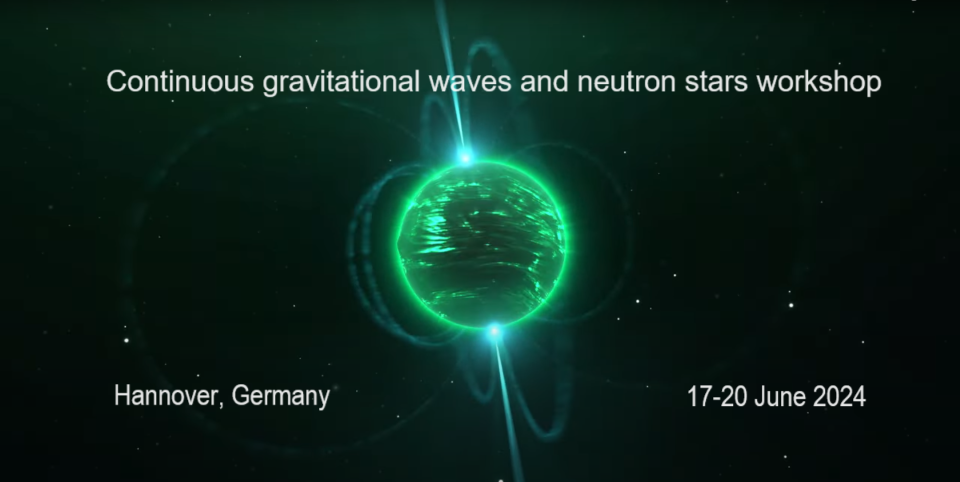Speaker
Description
Radio searches of unidentified Fermi-LAT gamma-ray sources have discovered more than a hundred new millisecond pulsars. The two types of data, radio and gamma-ray, have very different properties. For example, the radio data provides extremely precise pulse arrival times, but often has gaps and typically only covers the time span between detection and the most recent observation. The gamma-ray data however is sparse, but covers the full 15 years between the launch of the Fermi satellite and today. Previously, these data sets have been treated separately - radio timing solutions are typically only used as a starting point for gamma-ray timing, with some parameters fixed at their radio values. However, a joint analysis of both the radio and gamma-ray data can provide improved precision and sensitivity to effects that cannot be measured from either data set alone. In this talk, I will present four pulsars, discovered with MeerKAT as part of the TRAPUM project, timed jointly in radio and gamma rays. The 15-year span enables continuous gravitational wave follow-up searches in archival LIGO data and speeds up the integration of such pulsars into pulsar timing arrays.

